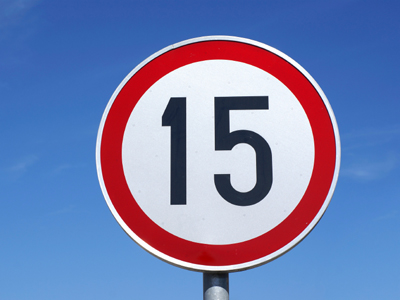
Properties of Numbers (Year 6)
In KS2 Maths, children learn about special things about numbers. In Year Six, they get really good at multiples and factors. They also get to know square numbers and what prime numbers are.
Numbers have special things called square numbers, factors, multiples, and prime numbers. Understanding these things helps us see how numbers are friends. Like, what's a square number or a prime number? A square number is when you times a number by itself. And a prime number is special because its only friends are itself and 1.
Do you know about these number friends? Take a fun quiz for 10-11 year olds and find out more about the magic of numbers!
Discover the Joy of Learning Together with Quizzes2 - 3 - 5 - 7 - 11 - 13 - 17 - 19 - 23 - 29 - 31 - 37 - 41 - 43 - 47
Ready for more?
not all...
quizzers. Try to win a coveted spot on our Hall of Fame Page.







